Westmount trees and their stories /7
There is beauty in a neglected garden, filled with birds feeding on berries
By Michael Walsh
August 21, 2020
He saw the kind of beauty yellow flowers have growing over a carpet of dead leaves. The beauty of cracks forming a mosaic in a dry riverbed… The beauty of a window smudged with tiny prints, the beauty of wild weeds.
Michelle Cuevas, Beyond the Laughing Sky
Westmount Park is a perfect location to enjoy summer weather. Old growth trees with huge canopies, walking paths, acres of lawns and lagoons, collectively entices one to spend a quiet afternoon with a good book.
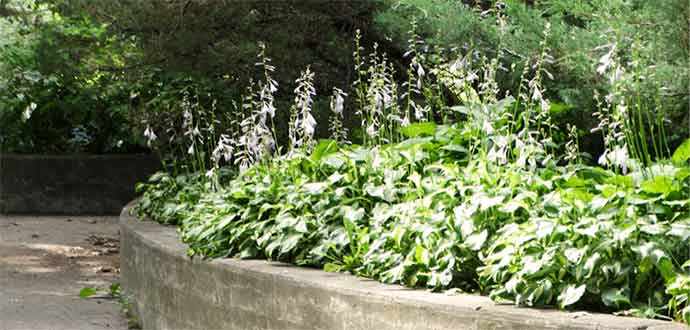 My preferences are the secluded areas; in particular, the one adjacent to the remnants of shuffleboard and chess play areas. It’s an area bordered with Bur Oaks and a large, mainly neglected, raised planter. At one point it was filled with shrubs and flowers that added to the colours and beauty of the park. Today, large borders of Hosta give evidence of the prior attempts to maintain this area. However, looking closer at this largely overgrown area there is evidence of what was planted many years ago.
My preferences are the secluded areas; in particular, the one adjacent to the remnants of shuffleboard and chess play areas. It’s an area bordered with Bur Oaks and a large, mainly neglected, raised planter. At one point it was filled with shrubs and flowers that added to the colours and beauty of the park. Today, large borders of Hosta give evidence of the prior attempts to maintain this area. However, looking closer at this largely overgrown area there is evidence of what was planted many years ago.
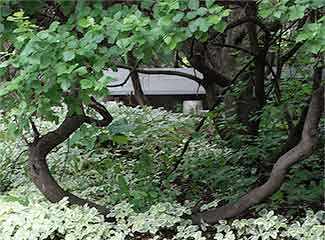 There is a unique beauty in neglected gardens – filled with birds feeding on the shrubs’ berries – one can appreciate the variety of plants that, over time, made this area their home.
There is a unique beauty in neglected gardens – filled with birds feeding on the shrubs’ berries – one can appreciate the variety of plants that, over time, made this area their home.
The majority of the area is comprised of Box Elders (Acer negundo), also known as Maple Ash, Black Ash, Cut-leaved Maple and Manitoba Maple. The species has a soft and lightweight wood that was used in the manufacture of boxes – hence, the name’s derivation.
The species are identified by their compound leaves comprised of three to nine leaflets. Each leaflet contains notches, which gives appearance of being “coarsely toothed”.
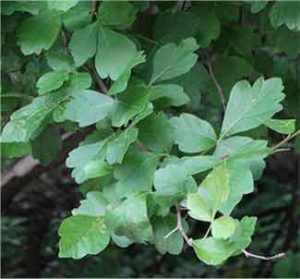 The trees are native to the North American prairies and are found in moist soils that border bodies of water such as streams and lakes. It was first cultivated in England, in the 1600s, by Henry Compton, the Bishop of London. (Amongst his Episcopalian career – he was also a well-known Botanist.)
The trees are native to the North American prairies and are found in moist soils that border bodies of water such as streams and lakes. It was first cultivated in England, in the 1600s, by Henry Compton, the Bishop of London. (Amongst his Episcopalian career – he was also a well-known Botanist.)
Interestingly, these trees can be tapped and syrup made from the sap. “It kind of tastes like marshmallows,” according to Noreen Thomas, an organic farmer who taps several Box Elder trees in the spring.
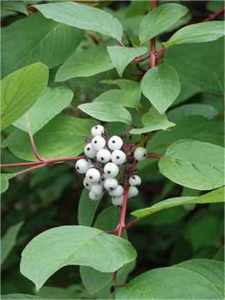 Amongst the Box Elders are bushes of Red Osier Dogwood (Cornus sericea) also known as Red Willow. Comprising a distinctive red bark (with a white pith), veined leaves and clusters of white berries – they are easy to identify. The species is native to North-Western Ontario where it is common along the sides of roads. The stems were used by First Nation Peoples to make baskets and produce a red dye. First Nation People used the inner bark in tobacco mixtures used in sacred pipe ceremonies. The berries were collected and, when dried, made into cakes. The stems were used to make baskets and mixed with other materials to make red or black dyes. A Cherokee legend tells the story of tiny people living amongst the dogwoods. Known as “dogwood people” they were sent to teach the virtues of living in harmony with nature. They also protected babies as well as the elderly.
Amongst the Box Elders are bushes of Red Osier Dogwood (Cornus sericea) also known as Red Willow. Comprising a distinctive red bark (with a white pith), veined leaves and clusters of white berries – they are easy to identify. The species is native to North-Western Ontario where it is common along the sides of roads. The stems were used by First Nation Peoples to make baskets and produce a red dye. First Nation People used the inner bark in tobacco mixtures used in sacred pipe ceremonies. The berries were collected and, when dried, made into cakes. The stems were used to make baskets and mixed with other materials to make red or black dyes. A Cherokee legend tells the story of tiny people living amongst the dogwoods. Known as “dogwood people” they were sent to teach the virtues of living in harmony with nature. They also protected babies as well as the elderly.
‘There is a unique beauty in neglected gardens – filled with birds feeding on the shrubs’ berries – one can appreciate the variety of plants that, over time, made this area their home.’
 A last look through the large planters reveals a rare woodland plant – a Meadow Parsnip, from the Apiaceae (carrot) family. With its oval leaves and tiny yellow flowers – it seems quite out of place in a city park. However, collectively, these plants add to the beauty of a quiet secluded area of Westmount Park.
A last look through the large planters reveals a rare woodland plant – a Meadow Parsnip, from the Apiaceae (carrot) family. With its oval leaves and tiny yellow flowers – it seems quite out of place in a city park. However, collectively, these plants add to the beauty of a quiet secluded area of Westmount Park.
Feature image: Andrew Burlone
All other images: Michael Walsh
Read Discovering Westmount Park’s trees /1

Michael Walsh is a long-time Westmount resident. He is happily retired from nearly four decades in the field of higher education technology. A “professional student” by nature, his academic training and publishing include statistical methodology, mycology and animal psychology. Today, he enjoys spending time walking with his dog while discovering the city’s past and sharing stories of the majestic trees that grace the parks and streets. He can be contacted at michaelld2003 @hotmail.com or through his blog Westmount Overlooked

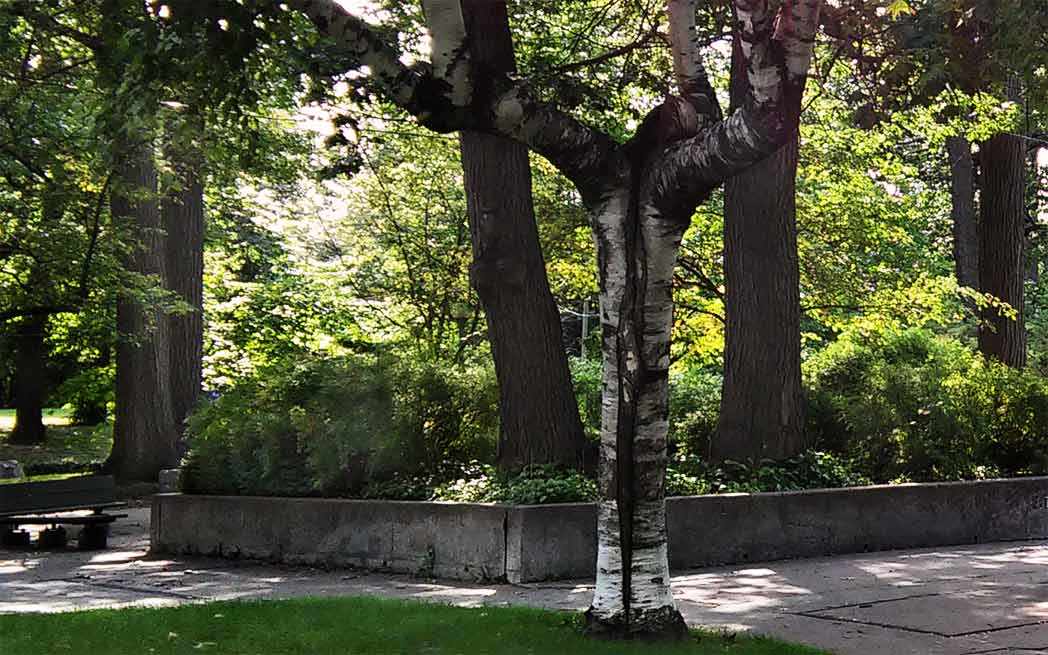

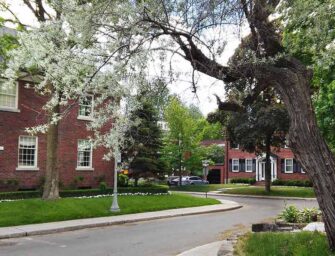

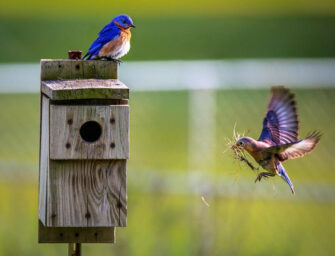

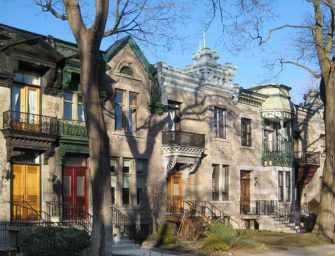


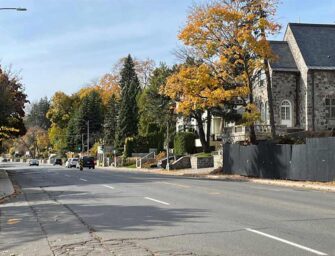



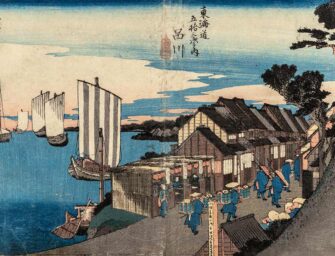



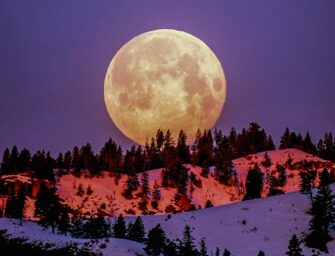


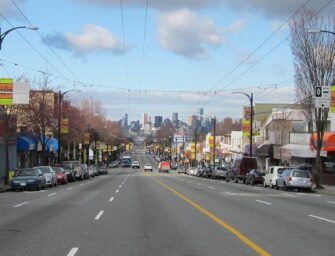
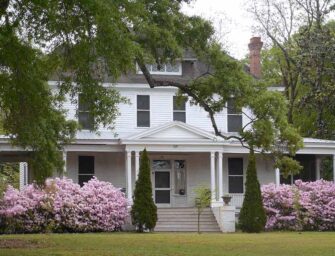



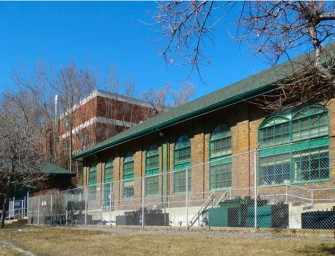


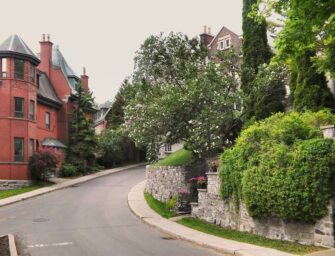

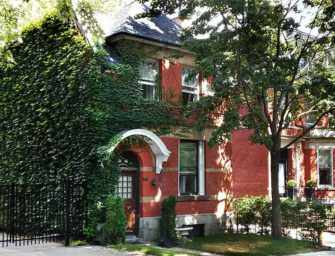
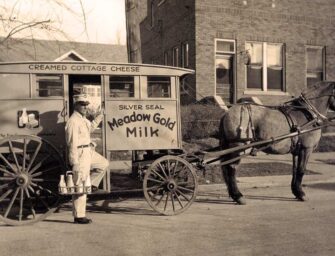
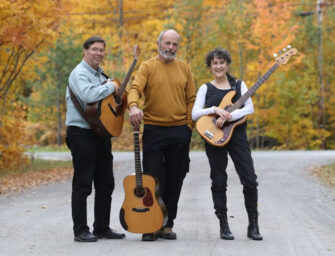

Fine article blending words and images…many of us have loved trees since youth…but to understand them as you see them is a complex thing. And a wonderful experience to convey to others !
I enjoy learning the combination of botanical and historical information about our beautiful park and how poetic and folk knowledge is infused as well.
Wonderful to learn about all these different trees that we take so for granted. Indeed, Westmount Park has a diverse collection worthy of an arboretum.
I really enjoy reading Mr Walsh’s musings about Nature and his clear and loving history about trees and plants.
Thank you and please continue,
Excellent, moving article. Good research. Thanks, Michael !